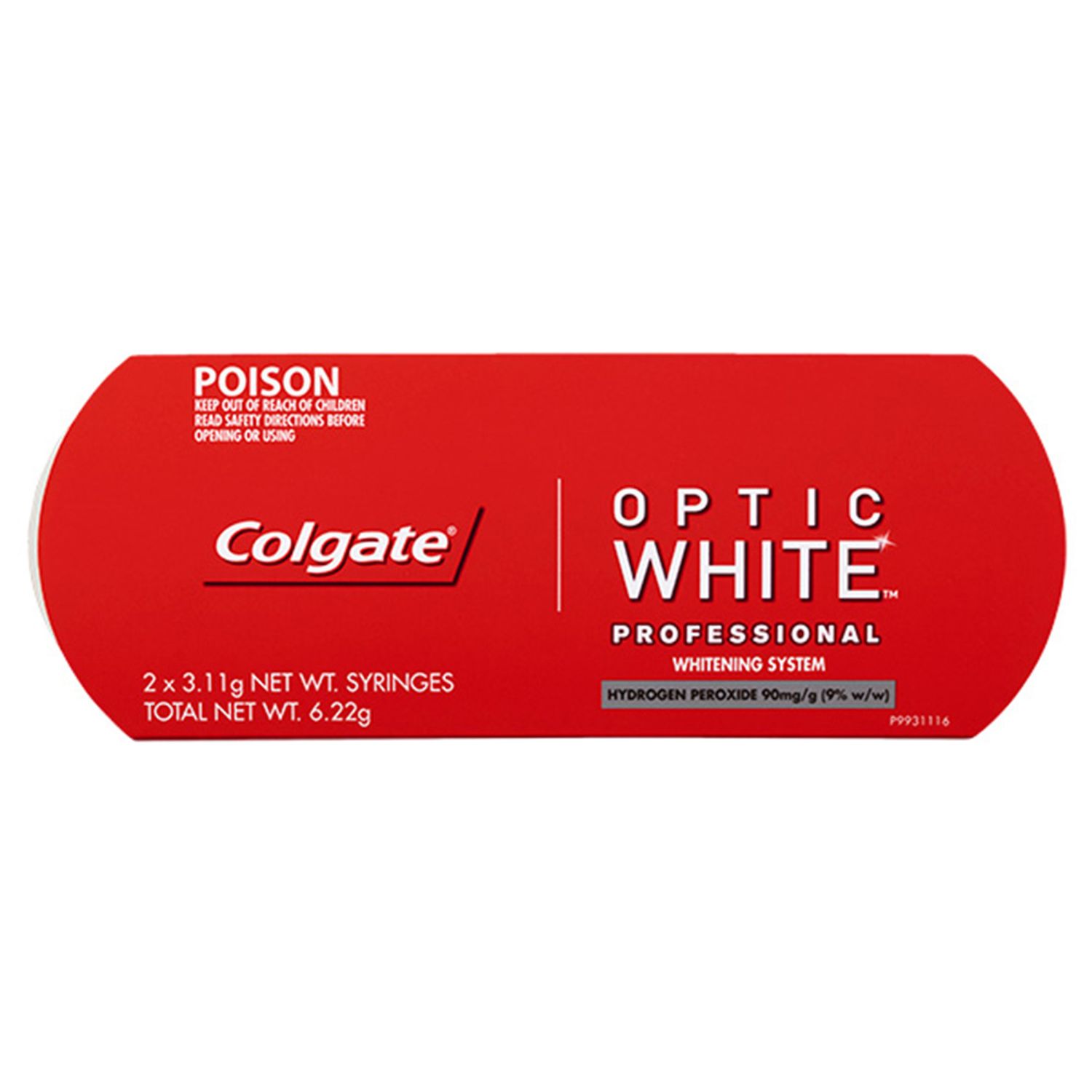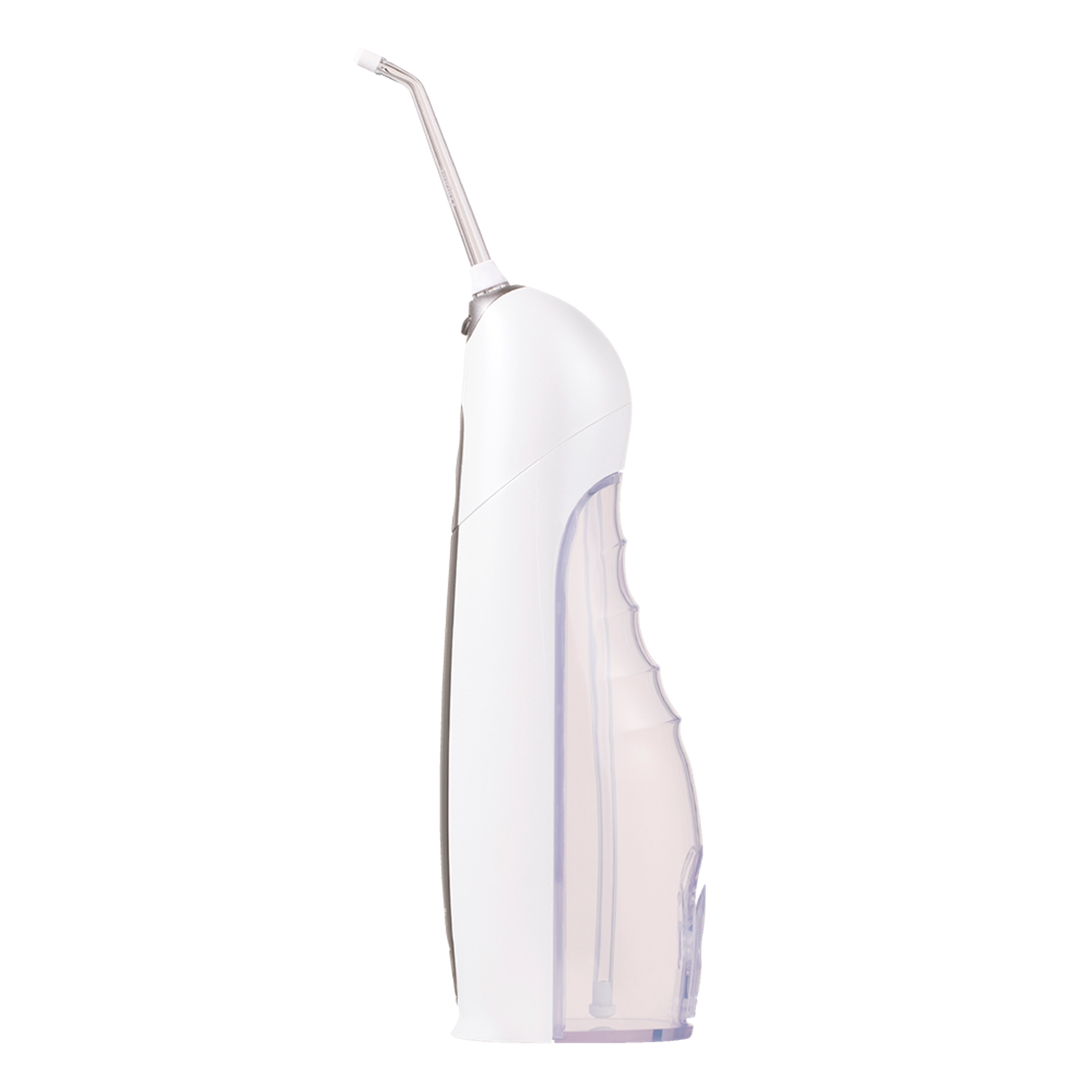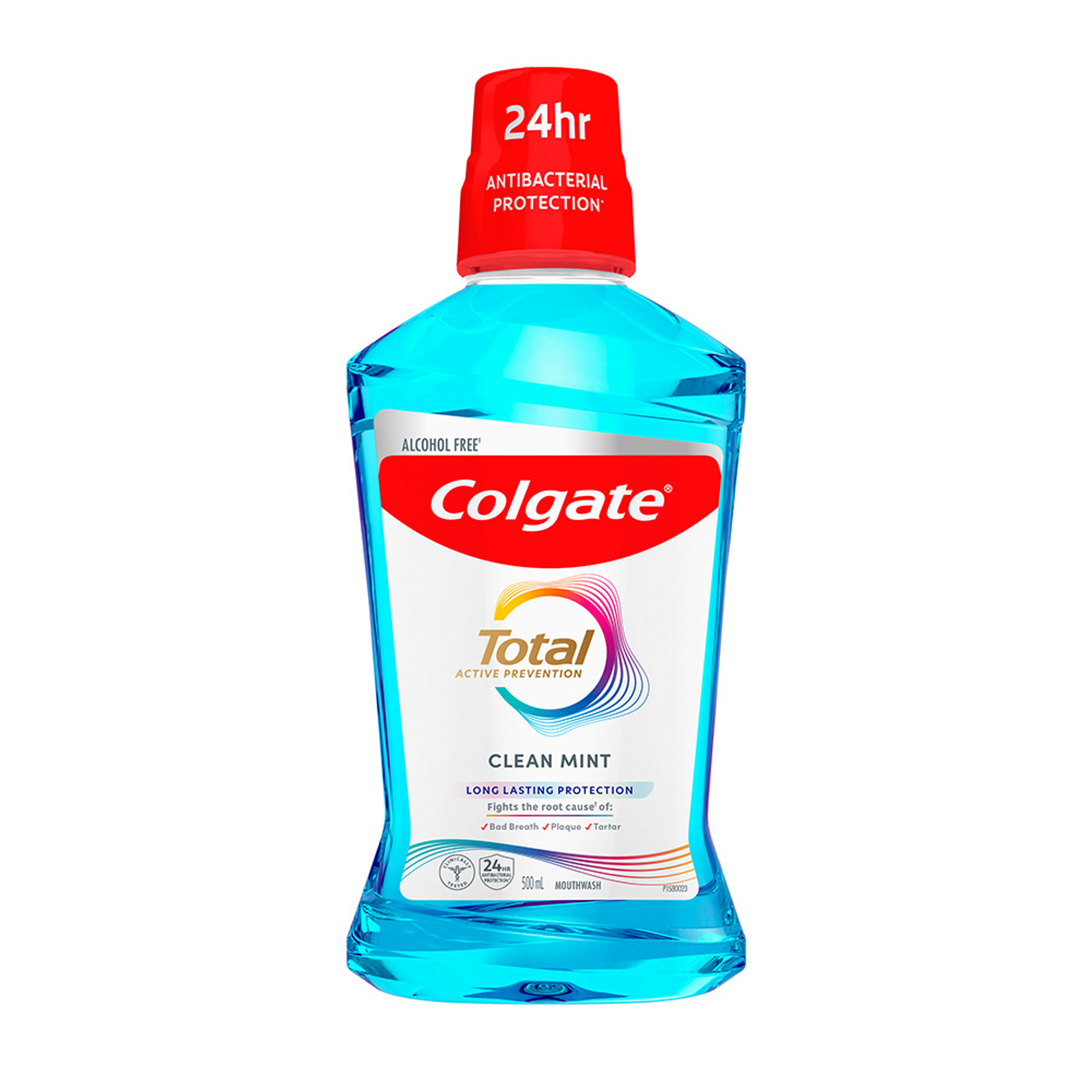-
Top Professional Products



-
Professional Articles
- Caries
- Dry Mouth
- Enamel Erosion
- Gum Issues
- Orthodontics
- Pediatric
- Sensitivity
- Whitening
- Social Responsibility
- Career Development
-
- Home
- Patient Education
- Toothbrush Care And Replacement
How can I take care of my toothbrush?
To keep your toothbrush and yourself healthy, make sure you let it dry out between uses. Toothbrushes can be breeding grounds for germs, fungus and bacteria, which after a while can build up to significant levels. After using your toothbrush, shake it vigorously under tap water and store it in an upright position so that it can air out.
To prevent cold and flu viruses from being passed between brushes, try to keep your toothbrush from touching others when it is stored. A standard toothbrush holder with slots for several brushes to hang upright is a worthwhile investment in your family's health.
How often should I change my toothbrush?
Most dental professionals agree you should change your toothbrush every three months. Studies show that after three months of normal wear and tear, toothbrushes are much less effective at removing plaque from teeth and gums compared to new ones. The bristles break down and lose their effectiveness in getting to all those tricky corners around your teeth.
How can I protect my toothbrush when traveling?
A plastic toothbrush case will protect toothbrush bristles from becoming squashed or flattened in your traveling kit. After brushing, however, you should let your toothbrush dry in the open air, to help reduce the spread of germs.
Related Articles

As dental professionals, we are in a prime position to discuss nutrition with our patients and of course, the main topic that comes to mind is sugar! Nutritional information, particularly regarding sugar consumption, is available en masse to the public, particularly through social media. However, these sources, who often possess no formal qualifications, usually do not consider sugar and its effects on oral health when providing advice, therefore recipes online touted as ‘added sugar free’ or ‘refined sugar free’ may still have high cariogenicity. Regarding sugar, the best advice for Australians to follow is the recommendations made by the World Health Organization (WHO). WHO’s 2015 Guideline on sugars intake for adults and children1 made a ‘strong’ recommendation that intake of free sugars should not exceed 10% of total energy intake (approximately 48 grams or 12 teaspoons) for the prevention of unhealthy weight gain or dental caries. WHO made an additional ‘conditional’ recommendation that intake of free sugars should not exceed 5% of total energy intake, providing additional health benefits, in particular, in relation to dental caries. In 2011-12 the Australian Bureau of Statistics (ABS) reported 14-18 year old males consumed an average of 92 grams of free sugars per day (22 teaspoons) while their female counterparts consumed an average 70 grams (17 teaspoons)2. These values well and truly sit above WHO’s recommendations, which reference all mono and disaccharides added to foods, as well as sugars in syrup, honey, fruit juice and fruit juice concentrate. WHO’s recommendations do not include the sugars naturally present in milk, milk products or whole fruits, vegetables, and grains. Food Safety Australia and New Zealand (FSANZ) report consumers have trouble classifying sugars as ‘natural’ or ‘added’ and perceive that ‘natural’ sugars are healthier.2 This belief can be potentially damaging when ‘natural sugars only’ is a commonly used advertising tactic, yet the food item may contain well over 15 grams of sugar per 100 grams, above which, sugar content is considered high. Without appropriate knowledge, individuals will meet their recommended daily intake much more quickly and potentially increase their risk of tooth decay and/or weight gain. But who can blame people for their confusion, really? Sucrose, refined cane sugar, agave syrup, brown sugar, high-fructose corn syrup, lactose, glucose… Free, added, natural, total… There are over fifty terms that can be used to describe sugar as an ingredient in foods and drinks. Nutrition, in particular regarding sugar consumption, should be a staple discussion between oral health professionals and patients. Look to provide feedback on what patients already know, tailor advice as necessary and help to set goals. But do not forget to account for social determinants including individual health literacy when discussing such topics. Consider adding to the traditional advice provided by dentists to reduce intake frequency and ensure that patients do not instead consume the same amount of sugar in a single daily sitting rather than through frequent snacking. Discussions should encourage not only to reduce the frequency of intake but also a total reduction in free sugar consumption; as health professionals, we must consider whole body health, not just the mouth. Along with WHO’s recommendations, suggestions for patients and/or their parents/carers could include the following: Consume 2 serves of fruit and 5 serves of vegetables daily, as per the Australian Dietary Guidelines.3 Fresh fruit makes for a great snack or dessert option, or for something less sweet, consider cheese or nuts, while vegetables make a great snack for any time of day. When reviewing the Nutrition Information Panel (NIP), look for foods with less than 15 grams of sugar per 100 grams, however, ideally, try for those with less than 5 grams. If sugar is included in the top three ingredients on the NIP or the listed ingredients includes multiple references to sugar, consider looking for a healthier alternative. When replacing free sugars in the diet, do so with starch-rich staple carbohydrates such as bread, cereals, rice, pasta (preferably wholegrain) and fresh fruits and vegetables.4 Carry a reusable water bottle to encourage the consumption of tap water rather than purchasing sugar-sweetened beverages. FSANZ reports that sugar information is one of the first elements that Australian consumers look for on the NIP.2 Therefore as health professionals we should continue to provide brief interventions and discuss this important topic with patients to empower them to enact this behaviour, however, look to also support programs and policies developed for population-scale changes. 1 Guideline: Sugars intake for adults and children. Geneva: World Health Organization; 2015. 2 Policy context relating to sugars in Australia and New Zealand. Food Standards Australia and New Zealand; 2017. 3 Eat for health Australian Dietary Guidelines. NHMRC; 2013. 4 Moynihan P, Makino Y, Petersen PE, Ogawa H. Implications of WHO Guidelines on Sugars for dental health professionals. Community Dentistry and Oral Epidemiology. 2018;46:1-7. About the Author: Dr Mikaela Chinotti, BDS, MPH, has been practising as a general dentist for 7 years. She has previously worked in rural and regional government, private and health fund owned practices in North Queensland. Her passion lies in minimal intervention dentistry, health promotion and health education. Now in Sydney, Mikaela works as the Australian Dental Association (ADA) Oral Health Promoter as well as part time as a general dentist.

Oral Health For Infants And Toddlers | Colgate® Professional

Teeth whitening is one of the most commonly requested treatments by patients, and there are many reasons why patients will want to whiten their teeth.
Related Products

Help Keep Patients More Informed
Share articles, videos and PDFs to help your patients learn more about specific conditions and effective treatments for a healthier smile.





